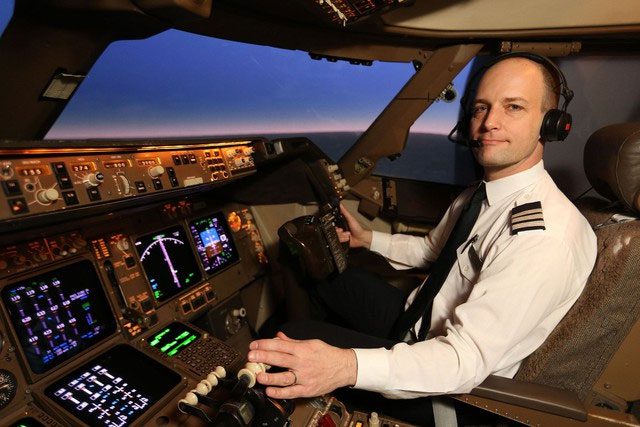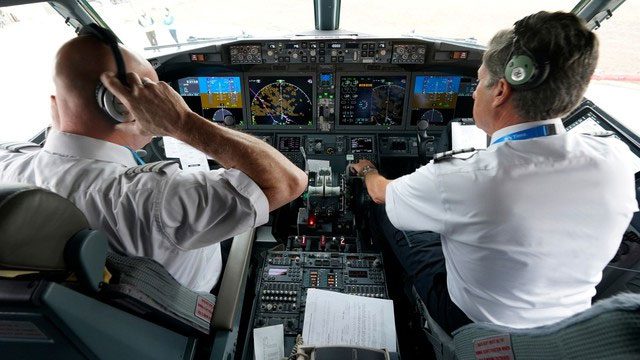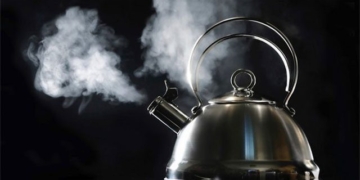The image of a pilot with a bushy goatee, rugged and wild, may seem like a character from a science fiction film or adventure novel. In reality, it is rare to see pilots with facial hair, especially when they are on duty. The reasoning behind this unwritten rule is not merely about aesthetics or professional image but also encompasses critical factors related to flight safety and health.
Airlines have always emphasized the professional image of their pilots, as they represent the brand and the safety of passengers. Having facial hair, particularly a goatee, can create an impression of untidiness, affecting the overall image of both the pilot and the airline.
While the Federal Aviation Administration (FAA) does not have a mandatory clean-shaven policy, some major airlines enforce strict grooming policies regarding facial hair for safety reasons. For example, American Airlines requires its pilots to be clean-shaven before reporting for duty.
A spokesperson for American Airlines explained to Thrillist: “We do not allow pilots to have facial hair while on duty. This is done for safety, which is one of the most important aspects of our industry.”

Facial hair can interfere with the proper fit of oxygen masks, endangering pilots.
Flight safety is always the top priority in aviation. In emergencies such as cabin depressurization or fire incidents, pilots need to use oxygen masks to ensure they receive adequate oxygen and can continue to control the aircraft. A goatee or thick beard can prevent the mask from fitting securely, leading to oxygen leaks and endangering the pilot, thereby affecting their ability to manage the situation and their own lives.
In fact, this conclusion stems from a safety evaluation of safety masks and facial hair conducted in 1987. Reports indicated that facial hair could hinder the effectiveness of oxygen masks, and some modern studies have confirmed this.
The report explains a study that noted: “Three commonly used oxygen masks for crew members approved by TSO were tested to determine whether performance degradation occurred due to facial hair.” “Data obtained from these tests indicated that performance degradation occurs when facial hair is present along the seal surface of the oxygen mask for crew members. This degradation is proportional to the amount of facial hair present, the type of mask being worn, the suspension system related to the mask, and the level of training the individual has undergone.”

Facial hair, especially goatees, can catch fire more easily than hair, posing a risk in case of fire.
The cockpit is an environment with a high potential risk of fire due to the concentration of electrical equipment and fuel. Facial hair, particularly goatees, is more flammable than hair, which can create a potential hazard in the event of a fire. Shaving facial hair helps mitigate this risk, protecting pilots and passengers from unwanted dangers.
One study found that oxygen leaks could occur at rates of 16% to 67% for passengers with facial hair beneath the oxygen mask. This safety concern is exacerbated by the physical activity of crew members, which increases their breathing rates and the risk of oxygen deprivation.
While all airlines allow passengers to have facial hair, it is a fact that the airflow in masks used during in-flight emergencies may be reduced due to their thick beards.
Passengers with facial hair may experience oxygen deficiency after a pressure drop, which can lead to varying degrees of hypoxia (a condition that occurs when the body does not receive enough oxygen). If masks are worn correctly and standard emergency landing procedures are followed, the hypoxia may not be life-threatening but could lead to unconsciousness.

Thick facial hair can obscure the face, affecting communication ability of pilots.
In some countries and cultures, men with facial hair may be associated with a rugged, unprofessional image. Consequently, airlines in these regions may have regulations prohibiting pilots from having facial hair to align with local cultural norms. In the cockpit, pilots need to communicate effectively verbally and through gestures with other crew members. Facial hair, particularly goatees, can obscure the face and affect communication, leading to misunderstandings and posing risks in coordinating aircraft operations.
However, some airlines have more flexible regulations, allowing pilots to have neatly trimmed beards that do not obscure their faces. For instance, Air Canada permits male pilots to have short goatees, no longer than 1cm.
In special cases, pilots may be allowed to have facial hair for religious reasons. However, they must meet specific requirements regarding the length and style of hair and ensure that it does not affect flight safety.
The rarity of pilots having facial hair stems from significant reasons related to flight safety, professional image, airline regulations, and health. This rule contributes to ensuring the safety of pilots and passengers while reflecting the professionalism and uniformity of the pilot workforce in the aviation industry.




















































